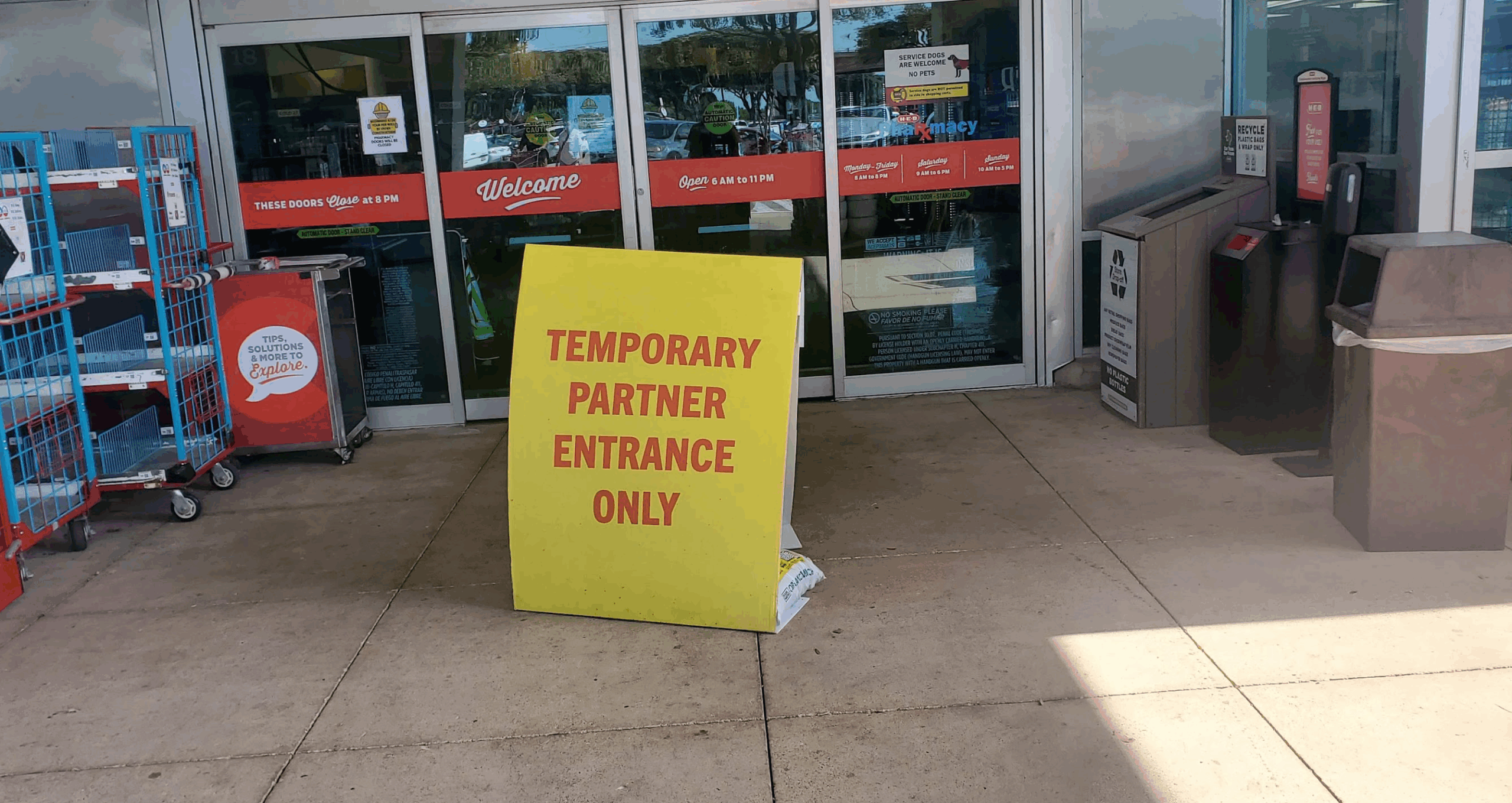What’s Next…
In recent years, the pace of advancements in artificial intelligence has been nothing short of breathtaking. The latest announcements and demonstrations by OpenAI have pushed the boundaries of what we thought possible, heralding a new era of AI-driven creativity and innovation. As someone deeply invested in the intersection of technology and creativity, I’m excited to share my thoughts on how these developments are poised to revolutionize various industries, especially content creation.
The Promise of GPT Next
OpenAI recently hinted at a groundbreaking new model, codenamed GPT Next, set to be released later this year. This upcoming model promises to bring a significant leap in reasoning capabilities and performance. Current models, impressive as they are, are likened to first or second graders in their ability to understand and generate language. With GPT Next, we can expect a leap to a “graduate level” understanding, making AI even more adept at complex problem-solving and creative tasks.
Revolutionizing Content Creation
One of the most exciting demonstrations was the seamless integration of multiple AI technologies to create compelling multimedia content. Imagine being able to generate a video, script, and voiceover entirely through AI. OpenAI’s voice engine can replicate your voice with remarkable accuracy, enabling you to produce content in any language, all while maintaining your unique vocal characteristics. This not only saves time but also opens up new possibilities for reaching a global audience.
The ability to generate video from simple text prompts using the Sora diffusion model is another game-changer. This tool can create visually stunning videos from basic descriptions, making it easier than ever to bring your ideas to life. When combined with GPT-4’s advanced vision capabilities, which can generate narratives from images, the potential for innovative storytelling is immense.
AI as a Collaborative Partner
One of the key takeaways from these advancements is the shift in how we view AI. Rather than seeing it as a replacement for human creativity, we should see it as a powerful collaborator. AI can handle repetitive and time-consuming tasks, allowing creators to focus on the more nuanced and personal aspects of their work. For instance, AI can draft scripts, generate initial design concepts, and even provide coding assistance, all of which can significantly enhance productivity and creativity.
Practical Applications and Future Prospects
The practical applications of these technologies are vast. In the realm of content creation, AI can help generate ideas, draft scripts, and produce videos and voiceovers, all with minimal human intervention. This is particularly beneficial for small businesses and independent creators who may not have the resources to produce high-quality content consistently.
Looking ahead, the concept of AI agents capable of performing complex tasks autonomously is particularly intriguing. These agents could revolutionize how we interact with technology, performing tasks ranging from customer service to software development, all while learning and improving over time.
Embracing the Future
As we move forward, it’s crucial to approach these advancements with both excitement and caution. The potential benefits are enormous, but we must also consider the ethical implications and strive to ensure these technologies are developed and used responsibly.
In conclusion, the future of AI-driven creativity is incredibly bright. OpenAI’s latest innovations promise to unlock new levels of efficiency and creativity, allowing us to achieve things we once thought impossible. As we embrace these tools and integrate them into our workflows, we have the opportunity to push the boundaries of what’s possible, creating a future where technology and human creativity work hand in hand.
For those interested in exploring these possibilities further, I invite you to join me on this journey. Let’s harness the power of AI to create, innovate, and inspire.
Thank you for reading, and stay tuned for more updates as we continue to explore the fascinating world of AI-driven creativity.




